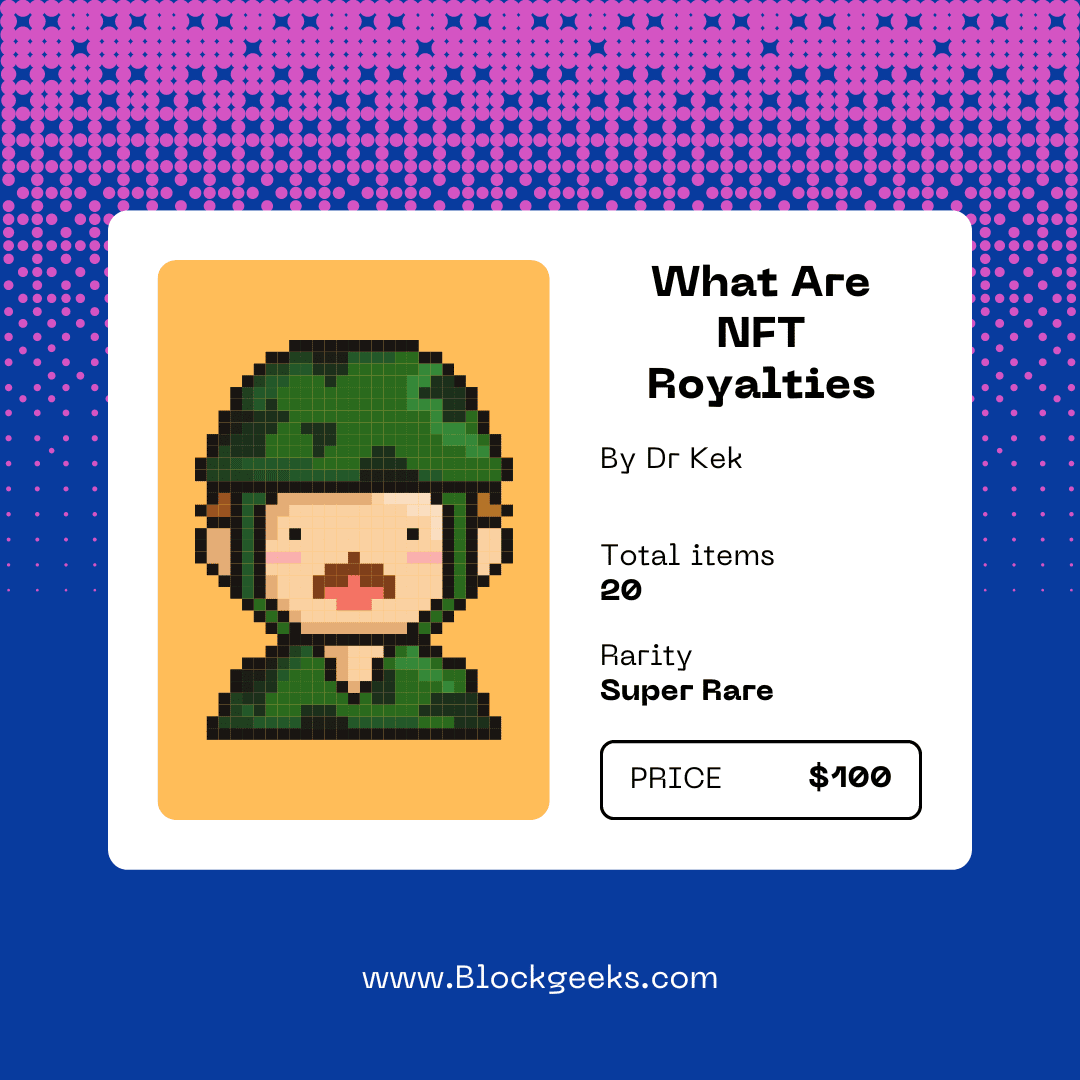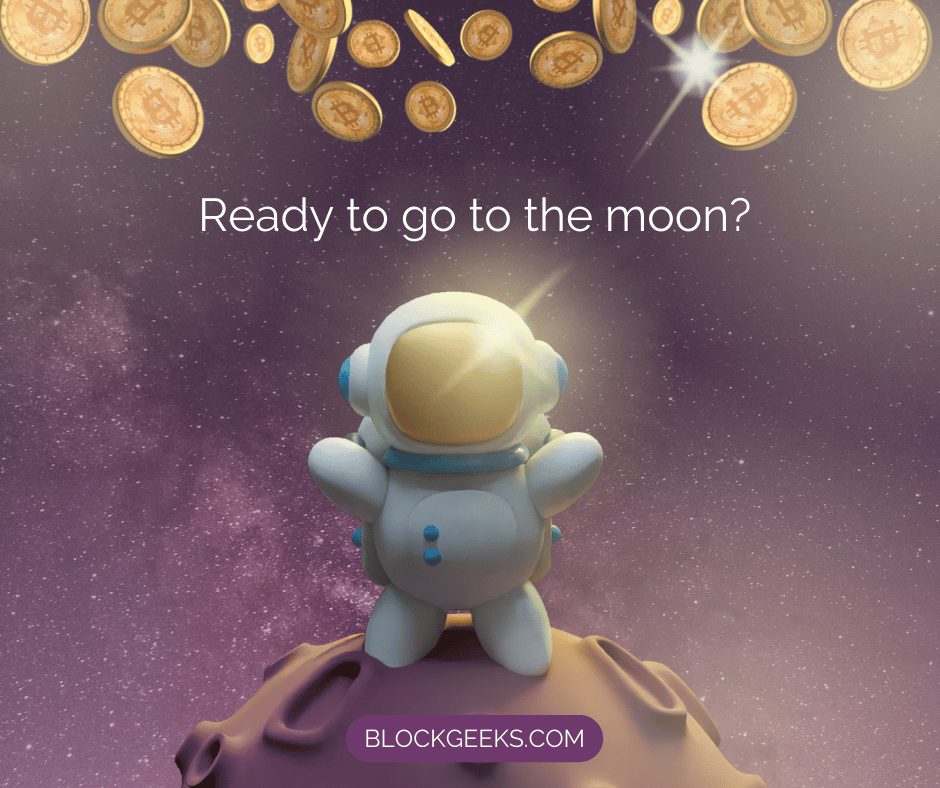 Navigation
Navigation

What are NFT Royalties? Everything You Need To Know
|
|
Over the past couple of years, NFTs have become one of the fastest-growing sectors in the crypto space. They have become especially popular with artists and creators, who are only just discovering their benefits and advantages. In fact, they are beneficial for them even after they sell their NFTs. This is because of NFT royalties, which allow them to benefit long after selling their assets.
Now you may be scratching your head, wondering what NFT royalties are and how they work. This brief article will explain exactly that.
What Are NFT Royalties
We are very clear on the definition of NFTs, so let’s move on to the meat of the article. NFT royalties are payouts paid to the creator each time there is a secondary sale. They are coded into the smart contract. Each time there is a secondary sale, the contract ensures that the terms are fulfilled, and a cut of the profits goes to the original creator of the NFT. No intermediaries are involved in this process.
It is important to remember that not all NFTs yield royalty payments. An NFT to yield royalty must be written into the terms of the smart contract. Once the contract terms are recorded on the blockchain, the process is pretty much automated. NFT royalties allow artists and creators to maximize their earning opportunities. This is because they can get a return on their work each time there is a sale, and if the popularity of the NFT grows, they stand to earn an increasing amount on every subsequent sale.
The concept of NFT royalties has seen hordes of artists and creators scramble to join the NFT ecosystem as they attempt to maximize their earning potential, allowing them to earn from their creations for perpetuity.
How Do NFT Royalties Work?
Let’s assume an artist created an NFT and coded into the NFT that they must receive 10% of the proceeds each time a sale occurs. Now, the NFT is bought by a user for 8 ETH, who puts it up for sale even higher than it was purchased. If the NFT now sells for 200 ETH, the artist would receive 10% of the proceeds, which means 20 ETH. If the NFT is sold for an even higher price in a subsequent sale, the artist will receive an even higher royalty fee. As a result, the artist would receive a recurring income from their creations.
Wrapping Up
NFT royalties finally give creators and artists the ability to tap into the revenue generated from secondary sales, something which they have never been able to do. They are a way of democratizing payments, allowing artists to realize the value of their work and earn from it perpetually, incentivizing and making it possible for artists to continue producing quality work, knowing they will receive what is due to them.



This will give the activity book a more polished feel spacebar clicker
NFT royalties now allow creators and artists to tap into the revenue earned by secondary sales, which they have never been able to do before.
doodle jump
Whenever I am concerned about how to sell my business online, I require a genuine, professional marketing presentation of the business.
tunnel rush